| Multi_R_Designer Tutorial |
1) Open Case problem 4.2.mr.
2) Select the Discriminate
series ![]() button, check the Code discrimination option and select General
flow regime. The following diagram is obtained.
button, check the Code discrimination option and select General
flow regime. The following diagram is obtained.
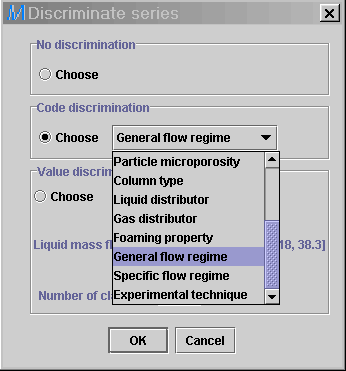 |
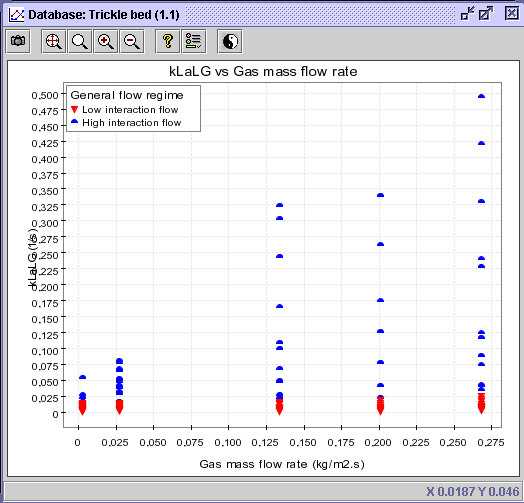 |
3) Logarithmic scaling usually
gives better description when dealing with large domains. Therefore, change
the Y-axis normal scale into a logarithmic scale. Select the Edit graphic
properties button ![]() .
In the Axis tab, then Vertical tab, check the box related
to the Logarithmic scale in the Range panel. Press OK.
.
In the Axis tab, then Vertical tab, check the box related
to the Logarithmic scale in the Range panel. Press OK.
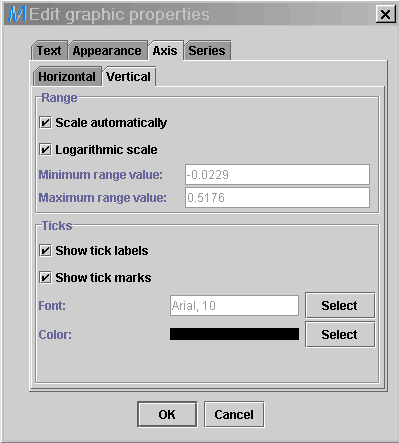 |
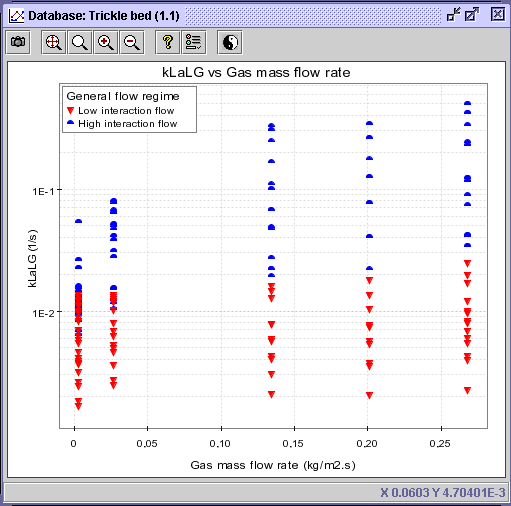 |
CONCLUSION #1: It becomes obvious here that high
interaction flow operation increases by all means the local liquid-side
mass transfer coefficient (kLa). However, it still unclear what
kind of flow operation (i.e. trickle flow, pulsing flow, bubble flow) induces
better mass transfer performance in trickle-bed reactors. For a better
interpretation of the actual results on kLa, change the discriminate
code from
General flow regime to Specific flow regime. The
following diagram should be more explicit.
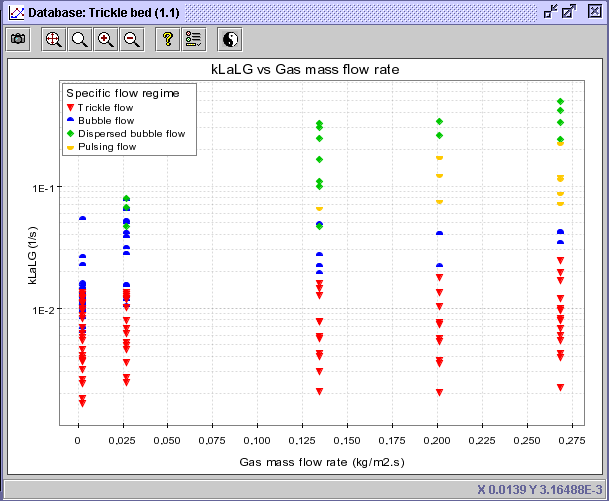 |
CONCLUSION #2: Low interaction regime, which can be associated to the trickle flow regime, often reduces the reactor mass transfer potential (or gas/liquid spreading and interfacial area) since it is dealing generally with low gas and liquid flow rates. However, for cases involving dispersed bubble flow operation (green dots) which unequivocally increases the gas/liquid interfacial area, kLa increases significantly yet probably to the expense of higher pressure drop.
| Multi_R_Designer Tutorial |